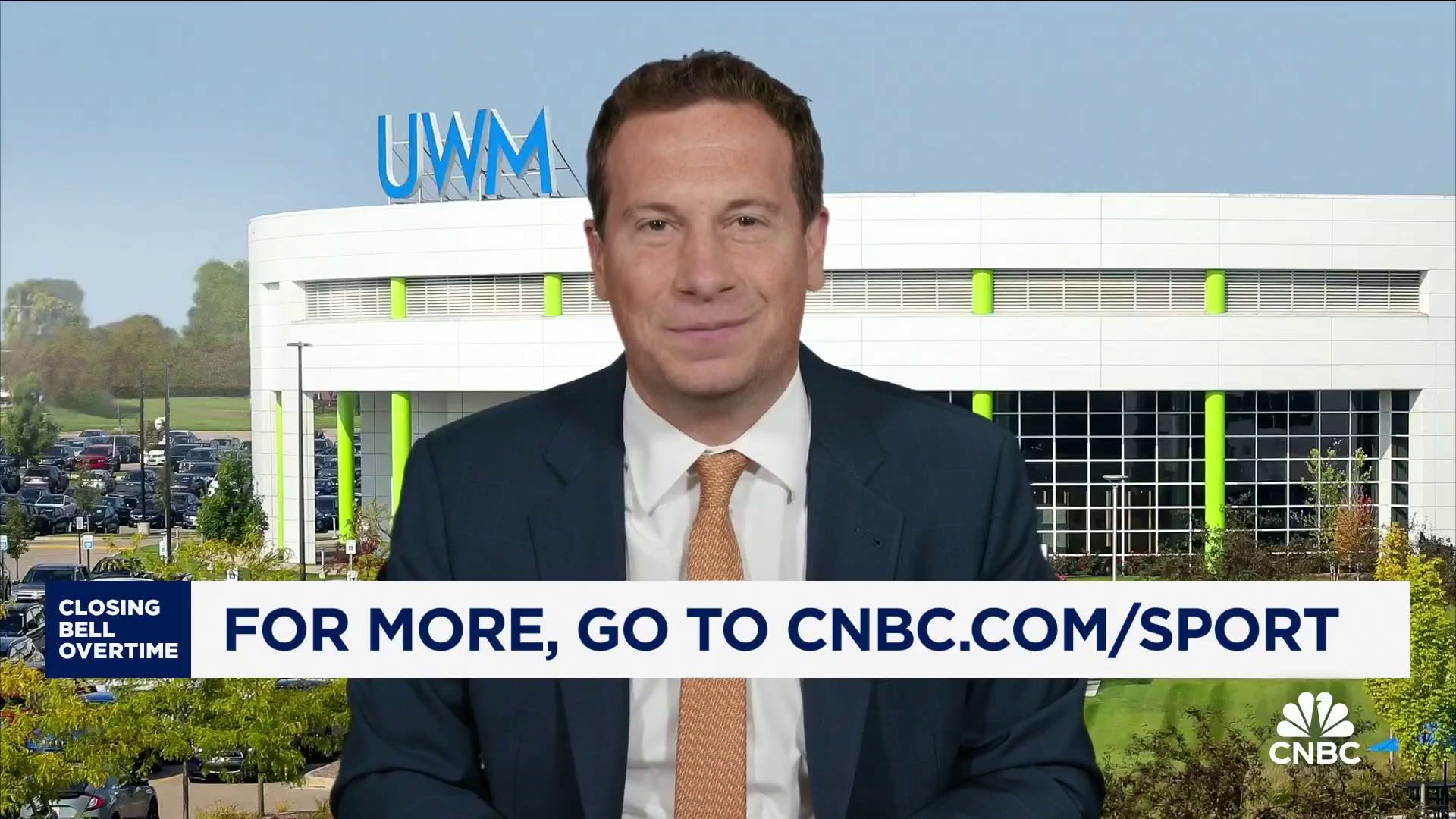Moyo Studio | E+ | Getty Images
The Federal Reserve announced a half percentage point, or 50 basis points, interest rate cut at the end of its two-day meeting Wednesday. And, naturally, some Americans will want to make the most of the central bank’s first rate cut since the early days of the Covid pandemic.
“How quickly the impact of lower rates is felt depends on whether households have variable or fixed financing rates” said Stephen Foerster, professor of finance at Ivey Business School in London, Ontario, Canada. Some adjust fairly quickly, others don’t reset at all.
That is, unless you can refinance.
According to a recent report from Nerdwallet, 18% of consumers said they planned to refinance a loan once rates go down. The financial services site polled more than 2,000 U.S. adults in July.
While taking advantage of lower rates could make financial sense, there are often other considerations, as well, depending on the type of loan, experts say.
More from Personal Finance:
Here’s what the Fed rate cut means for your wallet
The ‘vibecession’ is ending as the economy nails a soft landing
More Americans are struggling even as inflation cools
No ‘universal rule’ for refinancing a mortgage
For starters, while mortgage rates are partly influenced by the Fed’s policy, they are also tied to Treasury yields and the economy. So, home loan rates may continue to fluctuate.
Further, most homeowners still have a lower rate on their loan than what they could likely get if they were to refinance now — with the exception of those who bought a house within the last two or three years, according to Jacob Channel, senior economic analyst at LendingTree.
Roughly, 82% of homeowners are locked in at rates below 5%, and 62% have rates under 4%, a 2023 Redfin analysis found.

“There isn’t a universal rule for when people should think about refinancing a mortgage,” Channel said. “Some people will tell you that you shouldn’t think about refinancing until you could get a rate that’s at least 50 basis points lower than what you currently have, others will say that you should wait until you could get a rate that’s 100 or more basis points lower.”
Other factors to consider are your creditworthiness, which will ultimately determine what rate you can qualify for, as well as the closing costs, which typically run 2% to 6% of your loan amount to refinance, according to LendingTree.
“There’s no one-size-fits-all answer to the question of whether or not somebody should refinance their mortgage,” Channel said.
Don’t wait to reassess credit card debt
When it comes to credit card debt, the math is a little more cut and dried.
Since most credit cards have a variable rate, there’s a direct connection to the Fed’s benchmark. In the wake of the rate hike cycle, the average credit card rate rose from 16.34% in March 2022 to more than 20% today — nearing an all-time high. Those APRs will edge lower now, but not significantly.
No matter what the Fed does, refinancing high-interest credit card debt is a good move, according to Matt Schulz, chief credit analyst at LendingTree.
“A 0% balance transfer card is likely your best choice, assuming you have good enough credit to get one,” he said. “A low-interest personal loan can be a good tool, as well.”

Alternatively, borrowers can call their card issuer and ask for a lower interest rate on their current card. The average reduction is about 6 percentage points, one LendingTree survey found. “That’s like going from 25% to 19% and is way, way more impactful than anything the Fed’s going to do,” Schulz said.
Auto loan refi options depend on equity
Although auto loans are fixed, the rates on new-car loans will come down with the Fed’s moves.
But for those with existing auto loan debt, refinancing is not a given.
“An auto loan’s interest is weighted more towards the beginning of the loan; therefore, if you’ve had the loan for a year or two, you’ve already paid quite a bit in interest,” said Ivan Drury, Edmunds’ director of insights. “Even though lowering your rate makes the monthly payment less, it could result in paying more interest over the life of the loan.”
In addition, “if you were paying mostly interest, you might not have enough equity — or any — to really leverage the lower rates,” he said, unless you put more cash toward refinancing and take out a smaller loan.
Consumers may benefit more from improving their credit scores, which could pave the way to substantially better loan terms, he said.
Refinancing student debt can come with risks
Eventually, student loan borrowers with variable-rate private loans may have reasons to consider refinancing as rates come down.
“Borrowers can choose to refinance their loans to take advantage of lower prevailing interest rates or improvements in their credit scores, which can also lead to lower interest rates, or if they want to switch lenders,” said higher education expert Mark Kantrowitz.
However, refinancing a federal loan into a private student loan will forgo the safety nets that come with federal loans, such as deferments, forbearances, income-driven repayment and loan forgiveness and discharge options, according to Kantrowitz.
And like other types of refinancing opportunities, extending the term of the loan means you ultimately will pay more interest on the balance.
EMEA Tribune is not involved in this news article, it is taken from our partners and or from the News Agencies. Copyright and Credit go to the News Agencies, email news@emeatribune.com Follow our WhatsApp verified Channel





